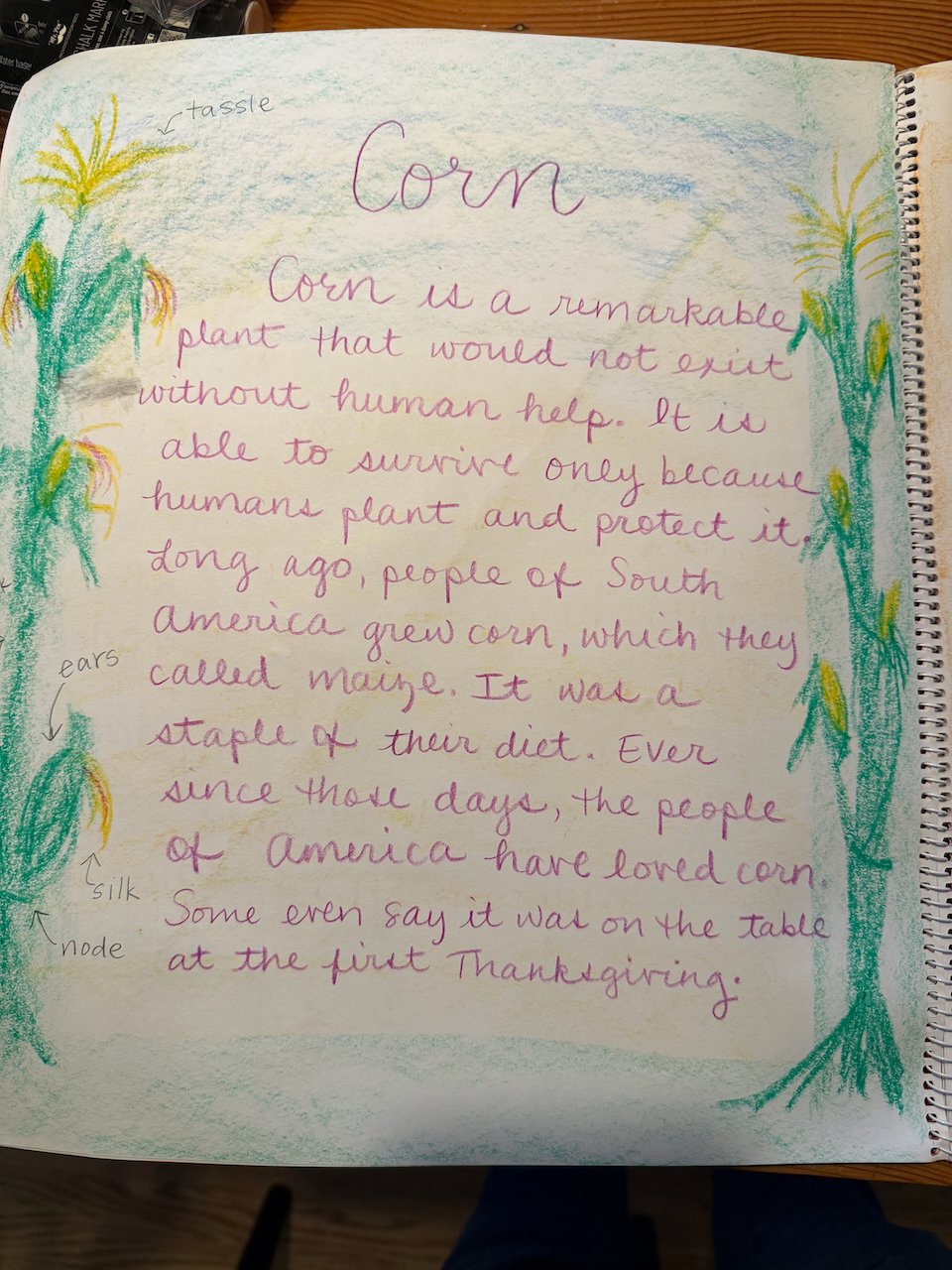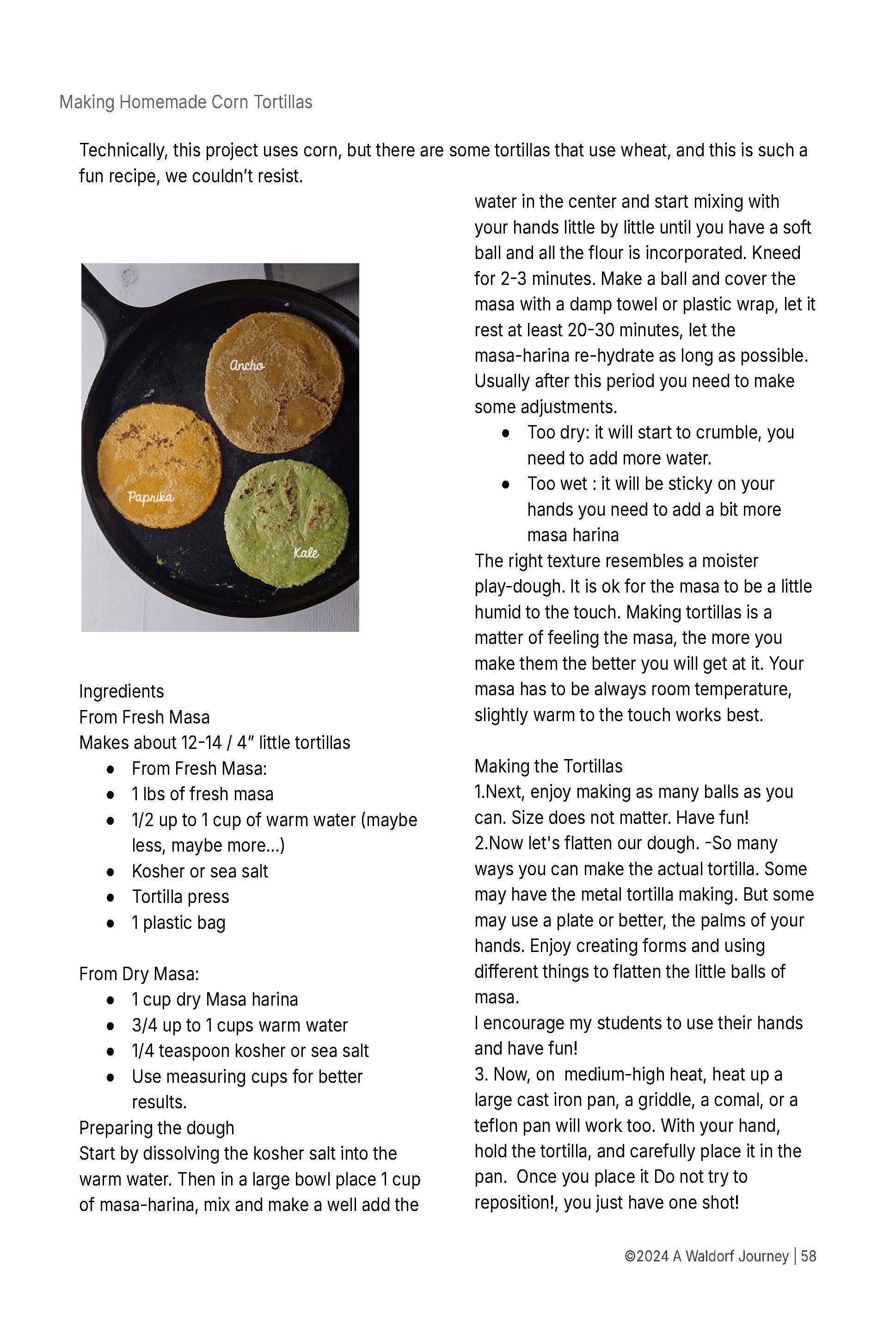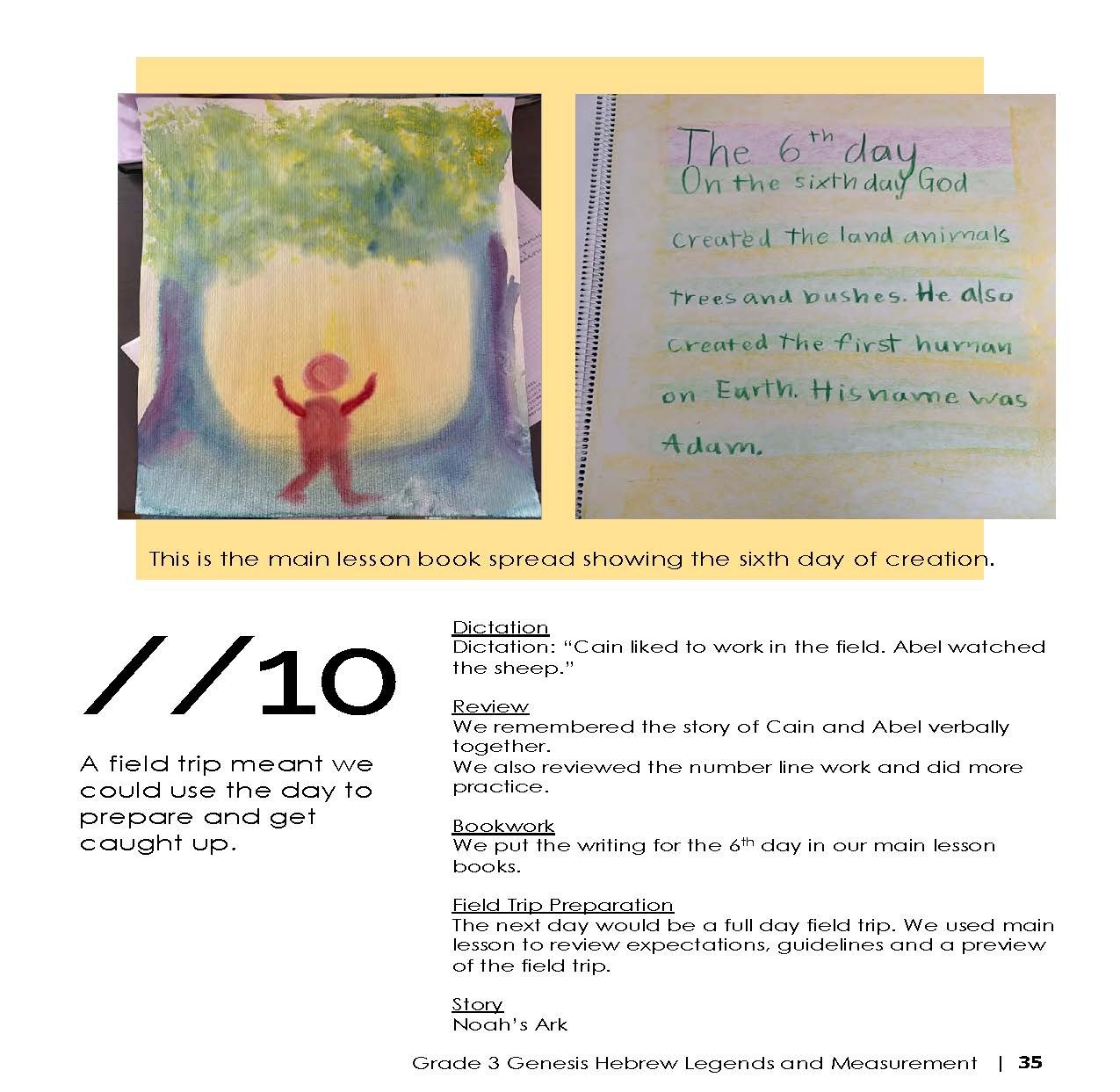 Image 1 of 8
Image 1 of 8

 Image 2 of 8
Image 2 of 8

 Image 3 of 8
Image 3 of 8

 Image 4 of 8
Image 4 of 8

 Image 5 of 8
Image 5 of 8

 Image 6 of 8
Image 6 of 8

 Image 7 of 8
Image 7 of 8

 Image 8 of 8
Image 8 of 8









Grade 3 Farming & Grains
There’s no doubt that the Farming Block meets the developmental stage of the third grader just beautifully. As I worked through this block with my class, I saw every day how it resonated with their growing awareness of themselves and the world during the nine-year change.
But the Farming Block offers more than just “soul food” for these eager learners—it provides a rich, hands-on way for children to engage with practical work, understand where food comes from, and connect to the natural rhythms of the earth. The lessons are filled with opportunities to practice essential academic skills, develop a strong sense of responsibility, and explore new concepts in a way that feels alive and meaningful.
In this guide, I’ll show you exactly how I used the farming curriculum to weave together storytelling, experiential learning, and academic practice. You’ll get a clear view of how I structured my lessons to bring these ideas to life, and I’ll share insights from my own daily teaching experience. While the block is centered on farming, it naturally integrates math, science, reading, writing, and even art, making it an interdisciplinary feast for curious minds.
Though our farming block experiences was hindered by the pandemic—so we didn’t get the hands-on field trips that are such an intrinsic part of the block, this guide captures the content virtually, so you’ll have more than enough material to plan a full four to six week block, once you fit in your own field trips.
Here’s what you’ll find in this guide:
Day-to-day lesson plans, including stories, hands-on activities, and suggestions for review work
An overview of the curriculum, showing how the block unfolds and connects to the third-grade year
Instructions for projects that can help bring the curriculum to life
Stories that you can tell to help the students build imaginative pictures of the farm and growing grains
All of this material is delivered as a digital file that you’ll be able to download immediately after purchase. Once your order is complete, you’ll receive a link in your email inbox to access your guide.
I’m confident this guide will help you bring the Farming Block to life in a way that is nourishing, engaging, and rewarding for both you and your students. It will set the foundation for a rich, interdisciplinary year ahead!
There’s no doubt that the Farming Block meets the developmental stage of the third grader just beautifully. As I worked through this block with my class, I saw every day how it resonated with their growing awareness of themselves and the world during the nine-year change.
But the Farming Block offers more than just “soul food” for these eager learners—it provides a rich, hands-on way for children to engage with practical work, understand where food comes from, and connect to the natural rhythms of the earth. The lessons are filled with opportunities to practice essential academic skills, develop a strong sense of responsibility, and explore new concepts in a way that feels alive and meaningful.
In this guide, I’ll show you exactly how I used the farming curriculum to weave together storytelling, experiential learning, and academic practice. You’ll get a clear view of how I structured my lessons to bring these ideas to life, and I’ll share insights from my own daily teaching experience. While the block is centered on farming, it naturally integrates math, science, reading, writing, and even art, making it an interdisciplinary feast for curious minds.
Though our farming block experiences was hindered by the pandemic—so we didn’t get the hands-on field trips that are such an intrinsic part of the block, this guide captures the content virtually, so you’ll have more than enough material to plan a full four to six week block, once you fit in your own field trips.
Here’s what you’ll find in this guide:
Day-to-day lesson plans, including stories, hands-on activities, and suggestions for review work
An overview of the curriculum, showing how the block unfolds and connects to the third-grade year
Instructions for projects that can help bring the curriculum to life
Stories that you can tell to help the students build imaginative pictures of the farm and growing grains
All of this material is delivered as a digital file that you’ll be able to download immediately after purchase. Once your order is complete, you’ll receive a link in your email inbox to access your guide.
I’m confident this guide will help you bring the Farming Block to life in a way that is nourishing, engaging, and rewarding for both you and your students. It will set the foundation for a rich, interdisciplinary year ahead!




